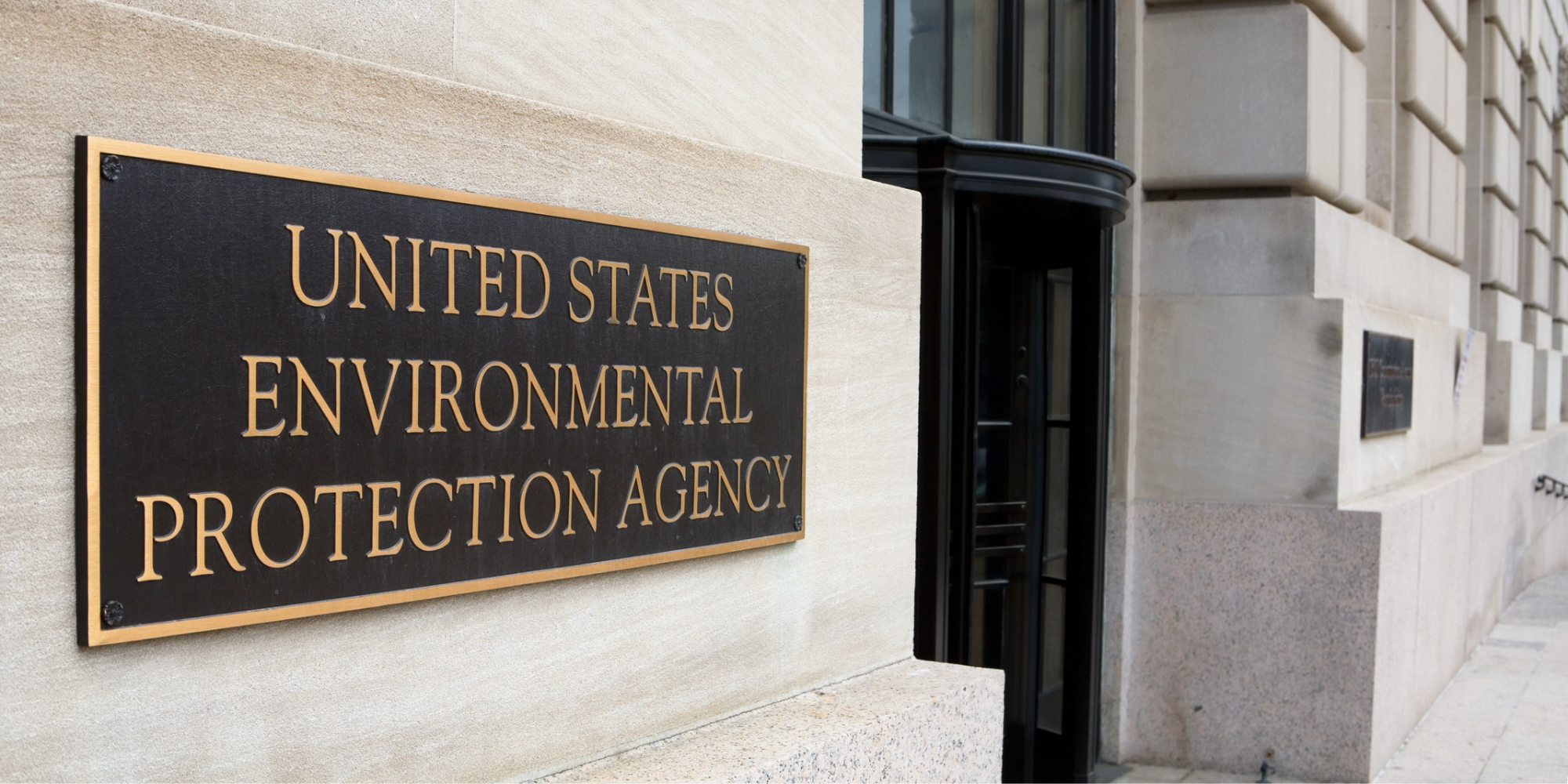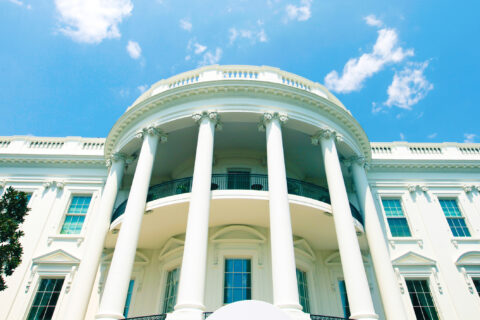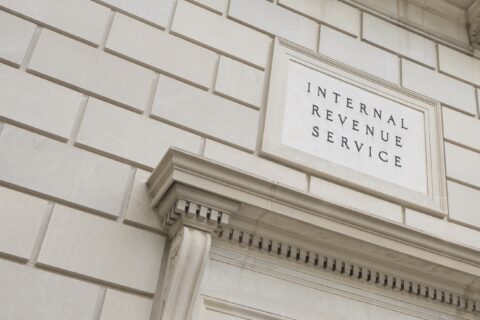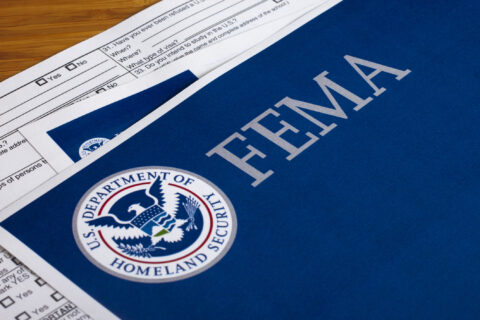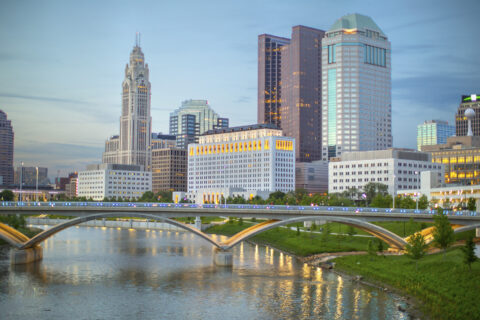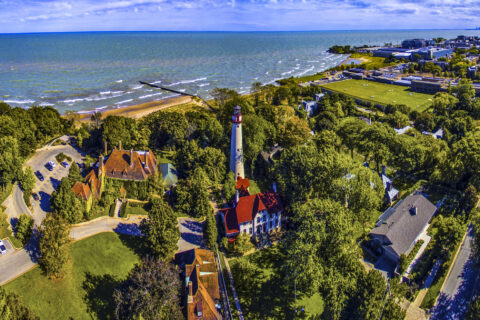The U.S. Environmental Protection Agency (EPA) announced two new grants to support local governments in reducing carbon pollution and meeting their climate goals. The Inflation Reduction Act (IRA) created the Climate Pollution Reduction Grant (CPRG) and the Greenhouse Gas Reduction Fund (GGRF). Both funding opportunities support climate action, which creates good-paying jobs, keeps communities healthy and safe, and improves quality of life for residents.
Grant Opportunity 1: Climate Pollution Reduction Grant (Municipal action needed by April 28)
The Climate Pollution Reduction Grant (CPRG) is a two-stage program. The first stage offers $250 million in formula grants to states and local governments for regional planning for greenhouse gas reduction. The grants are available today and local government need to submit a Notice of Intent to Participate (NOIP) by April 28, 2023. Following the planning grants, $4.6 billion of competitive implementation grant funding will be available to implement climate and air pollution reduction plans.
Phase I: Formula Planning Grants
$250 million is available now for planning grants, with States, District of Columbia, Puerto Rico receiving up to $3 million. Each state will designate a lead agency and are required to collaborate with stakeholders such as local air pollution control agencies and local governments.
Of the $250 million planning grants, $1 million is allocated to the most populous 67 Metropolitan Statistical Areas (MSAs) in the country. The cities, counties, air agencies, councils of governments or metropolitan planning organizations within a MSA should work together to determine a lead entity to submit the application and facilitate regional planning and coordination.
To accept the formula funds, all lead organizations representing a state or metropolitan area must submit a NOIP according to the deadlines and requirements laid out in the program guidance. The lead organization for a state must submit the NOIP by March 31, 2023. The lead organization for a metropolitan area must submit the NOIP by April 28, 2023. Applicants are encouraged to submit the NOIP as early as possible. The EPA website includes a status update of the NOIPs received from states and MSAs.
MSAs outside of the top 67 are also encouraged to submit an NOIP in case any state or jurisdiction that has been allocated funding decides not to accept, as the money will be redistributed (Figure 1). Your region should consider submitting a NOIP if you are in the top 3 MSAs in your state, you are ranked 4 through 6 in your state if there are no MSAs from your state in the top 67, you are ranked 68 through 100 on the national list.

Planning grant funds can be used for activities related to the development, updating or evaluation of plans to reduce carbon pollution. This includes staffing and contractual costs, planning and implementing meetings, outreach and education, modeling and analytical costs, data collection and more.
Phase II: Implementation Grants
$4.6 billion will be available for competitive implementation grants later this year. All jurisdictions that are “included in or covered by” planning grants for a state or MSA are eligible to apply, even if they did not directly receive the planning grant (Figure 2). Communities cannot apply if the state or MSA they are located in decline the planning grant funding, as the implementation grants must draw on plans developed as part of the earlier planning grants. Communities cannot rely solely on their individual, existing climate action plans to apply for the implementation grants—they must be part of a plan developed under Phase 1. More information on the Implementation Grant program will be available when the funding opportunity opens.

Grant Opportunity 2: Greenhouse Gas Reduction Fund
The Greenhouse Gas Reduction Fund (GGRF) consists of two grant competitions, open for applications later this year, with the EPA obligated to distribute funds by September 2024. The $27 billion in overall funding will leverage private capital for clean energy and clean air investments across the country. As with the Carbon Pollution Reduction Grant program, this grant is comprised of two funding pots, with local governments directly eligible of one of the opportunities.
Local governments are eligible for $7 billion of funding that will be used for up to 60 grants going to states, municipalities and nonprofits. Eligible uses for this pot of funding include providing grants, loans and other technical and financial assistance for projects focused on zero-emissions technologies. This competitive grant funding will open in summer 2023 and additional program guidance will be released.
While waiting for the official application, local governments can prepare programs based on the released initial guidance:
- Prioritize residential, rooftop solar and community solar and associated solar storage to reduce greenhouse gases and other air pollutants from traditional power generation. For more assistance on growing solar in your community, NLC offers no-cost technical assistance through U.S. Department of Energy’s SolSmart program to local governments that want to streamline solar zoning and permitting.
- Partner with frontline community members and community-based organization to co-develop project ideas that will deliver benefits to disadvantaged communities and reduce energy burden. This is suggested not only as a best practice, but also because the GGRF program falls under the Administration’s Justice40 Initiative, in which 40% of investments must go to disadvantaged communities or low-income communities.
- Mobilize financing and private capital to stimulate additional investments.
The remaining $20 billion component of the GGRF funding will be awarded to nonprofits that are designed to provide capital, leverage private capital and provide other forms of financial assistance for the rapid deployment of low- and zero-emission products, technologies, and services. Grant winners are expected to partner with a variety of stakeholders and facilitate technical assistance to strengthen small businesses and other community-based organizations.
